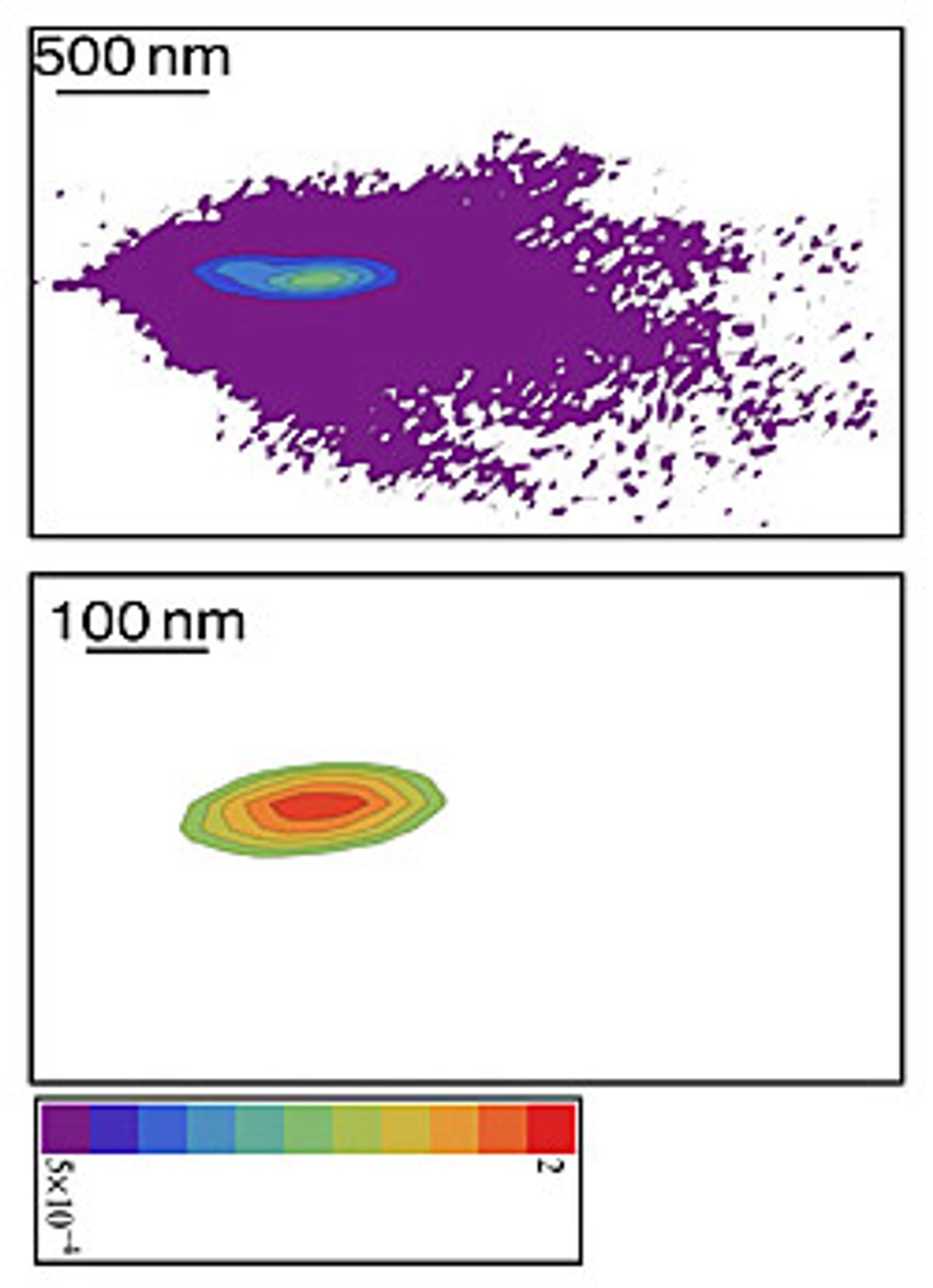The example of the Lycurgus Cup, as a paradigm of nanotechnology, has always bothered me. Yes, the glass of the cup changes colors depending on the light because of the presence of nanoparticles, but it's not really nanotechnology. While the Romans knew the process that would make this glass, they didn’t know why it performed the way it did. Without that kind of knowledge—and the concomitant ability to manipulate an effect—what you have is at most craft, and not science.
That's the reason many trace the real beginning of nanotechnology to the development of microscopy tools like the scanning tunneling microscope (STM). Without the array of tools we have for seeing, measuring and manipulating the world on the scale of atoms and molecules, there would have been little to no advancement in nanotechnology. In other words, nanotechnology is not just the world of the very small but having the tools to know what we’re doing at that scale and setting about to do it.
In the NIST press release covering the technology, Thomas LeBrun, one of the researchers on the project, explains: "You can think of it like attracting moths in the dark with a flashlight. A moth is naturally attracted to the flashlight beam and will follow it even as the moth flutters around apparently at random. We follow the fluttering particle with our flashlight beam as the particle is pushed around by the neighboring molecules in the fluid. We make the light brighter when it gets too far off course, and we turn the light off when it is where we want it to be. This lets us maximize the time that the nanoparticle is under our control while minimizing the time that the beam is on, increasing the particle's lifetime in the trap."
The researchers report two key results:
- 100-nanometer gold particles remained trapped 26 times longer than had been seen in previous experiments
- Silica particles 350 nanometers in diameter lasted 22 times longer, but with the average beam power reduced by 33 percent.
LeBrun characterizes this development as pushing the field an order of magnitude further than it was before. He says the researchers will now begin work in building complex nanoscale devices and testing nanoparticles as sensors and drugs in living cells.
Dexter Johnson is a contributing editor at IEEE Spectrum, with a focus on nanotechnology.




